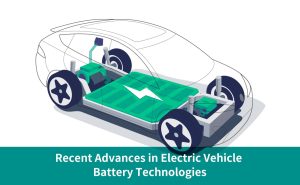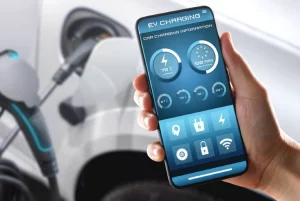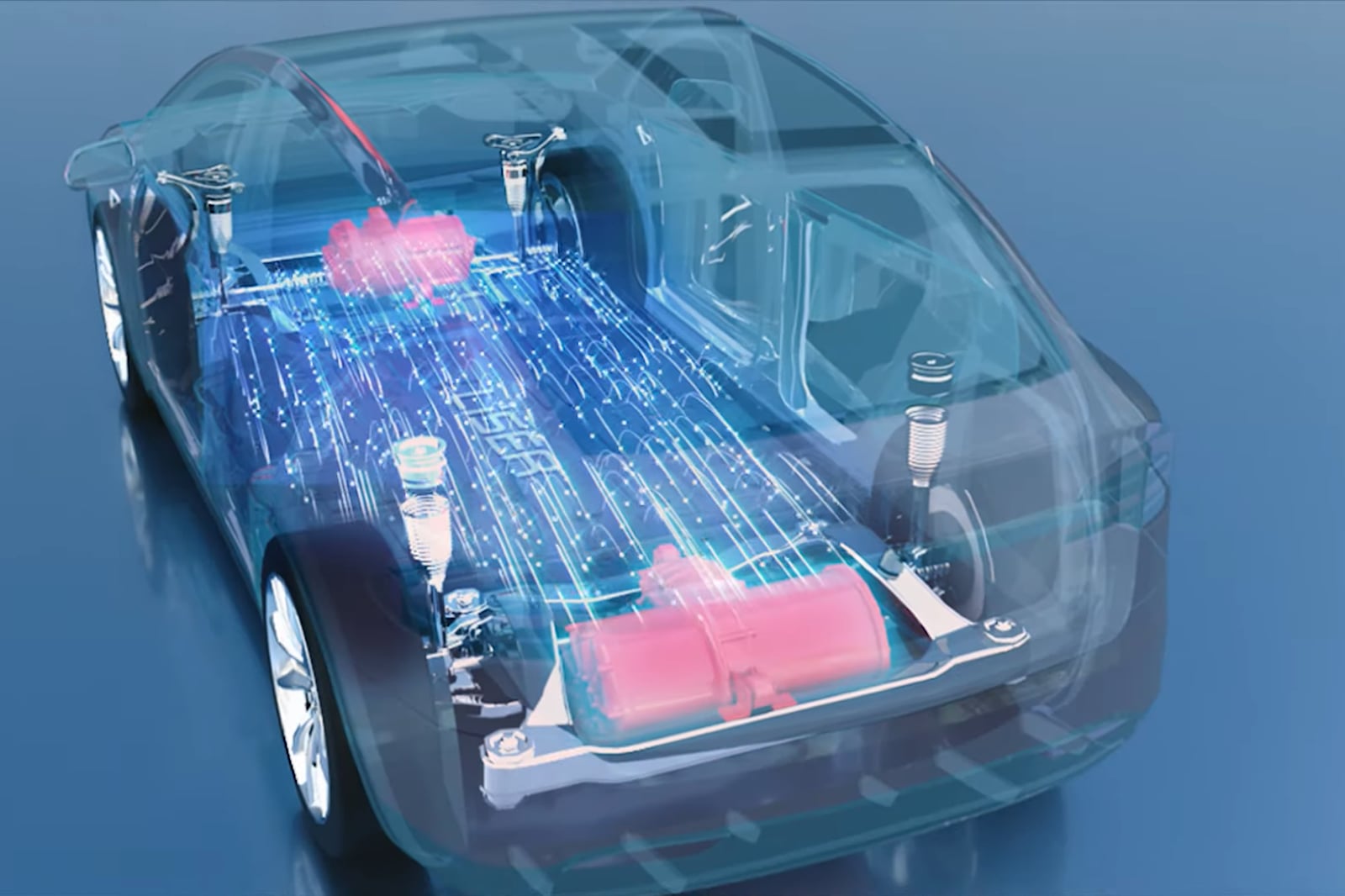Introduction
As the world increasingly shifts towards sustainable transportation solutions, electric vehicles (EVs) have emerged as a promising alternative to traditional internal combustion engine vehicles. However, one of the primary concerns for EV owners is the longevity of the vehicle’s battery life. In this comprehensive guide, we delve into the proven methods and best practices for extending the lifespan of electric vehicle batteries, ensuring lasting power and optimal performance for years to come.
Understanding Electric Vehicle Battery Life
Electric vehicle batteries come in various types, including lithium-ion, nickel-metal hydride, and solid-state batteries. Each type has its unique characteristics and performance capabilities. Understanding the intricacies of these batteries is crucial for maximizing their lifespan and efficiency.

Factors Affecting Battery Life
Several factors can impact the longevity of electric vehicle batteries. Environmental conditions such as temperature extremes and humidity levels can significantly influence battery performance. Additionally, driving habits, such as aggressive acceleration and braking, can accelerate battery degradation. Regular maintenance and proper charging practices are also essential for preserving battery health.
Best Practices to Increase Electric Vehicle Battery Life
To ensure optimal performance and longevity of electric vehicle batteries, adopting best maintenance practices is paramount. This includes regular inspection of battery health, avoiding deep discharges, and maintaining appropriate charging levels. Implementing preventive measures can mitigate potential issues and extend the lifespan of EV batteries.
Advanced Battery Management Systems

Advancements in battery management systems (BMS) have revolutionized the way electric vehicle batteries are monitored and optimized. These sophisticated systems utilize real-time data to regulate charging and discharging processes, maximizing efficiency and prolonging battery life.
Extending Battery Life through Driving Techniques
Efficient driving techniques play a crucial role in conserving battery power and extending its lifespan. Strategies such as gentle acceleration, coasting, and anticipating traffic flow can minimize energy consumption and reduce strain on the battery.
Charging Strategies for Prolonged Battery Life
Optimal charging practices are essential for maintaining the health and longevity of electric vehicle batteries. Avoiding frequent fast charging and ensuring a moderate charging pace can prevent overheating and reduce degradation. Utilizing smart charging solutions and scheduling charging during off-peak hours can further optimize battery performance.
Climate Control and its Impact on Electric Vehicle Battery Life
Climate control systems in electric vehicles can significantly affect battery performance, especially in extreme temperatures. Minimizing the use of heating and cooling functions when unnecessary can conserve energy and preserve battery life. Preconditioning the cabin while the vehicle is plugged in can also help maintain a comfortable interior without draining the battery.
Role of Regenerative Braking in Electric Vehicle Battery Life
Regenerative braking systems harness kinetic energy during deceleration and braking, converting it into electrical energy to recharge the battery. By reducing reliance on traditional friction brakes, regenerative braking not only improves energy efficiency but also minimizes wear and tear on the battery, thus extending its lifespan.

Monitoring Electric Vehicle Battery Life and Performance
Regular monitoring and diagnostics are essential for assessing the health and performance of electric vehicle batteries. Utilizing onboard diagnostics tools and consulting with certified technicians can help identify potential issues early on and take proactive measures to maintain battery health.
Conclusion
In conclusion, extending the lifespan of electric vehicle batteries requires a comprehensive approach that encompasses proactive maintenance, efficient driving techniques, and smart charging strategies. By implementing the proven methods outlined in this guide, EV owners can maximize the longevity and performance of their batteries, ensuring sustainable mobility for years to come.
FAQs
- How often should I charge my electric vehicle?
It is recommended to charge your electric vehicle whenever possible to maintain a sufficient charge level. However, avoid frequent fast charging to prevent battery degradation. - Can extreme temperatures affect electric vehicle battery life?
Yes, extreme temperatures can adversely affect battery performance and longevity. It is essential to minimize exposure to temperature extremes and utilize climate control systems judiciously. - What is the role of battery management systems in electric vehicles?
Battery management systems (BMS) play a critical role in monitoring and optimizing battery performance. They regulate charging and discharging processes to maximize efficiency and prolong battery life. - Are there driving techniques that can help extend battery life?
Yes, adopting efficient driving techniques such as gentle acceleration, coasting, and minimizing unnecessary braking can conserve battery power and extend its lifespan. - How can I monitor the health of my electric vehicle battery?
You can monitor the health of your electric vehicle battery through onboard diagnostics tools and consulting with certified technicians. Regular inspections and diagnostics are essential for ensuring optimal battery performance. - What are the benefits of regenerative braking for electric vehicle batteries?
Regenerative braking systems help preserve battery life by converting kinetic energy into electrical energy during deceleration. This not only improves energy efficiency but also minimizes wear and tear on the battery.




